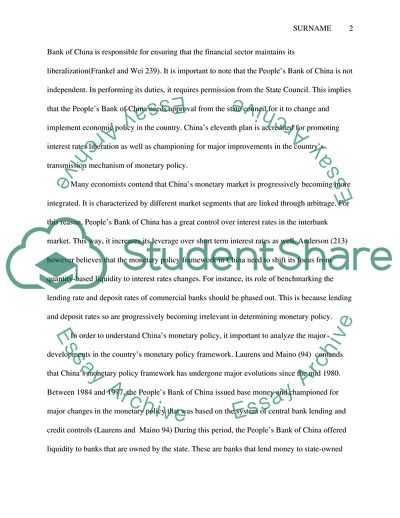Cite this document
(China monetary policy and it's effect on United States economy Research Paper, n.d.)
China monetary policy and it's effect on United States economy Research Paper. https://studentshare.org/macro-microeconomics/1822401-china-monetary-policy-and-its-effect-on-united-states-economy
China monetary policy and it's effect on United States economy Research Paper. https://studentshare.org/macro-microeconomics/1822401-china-monetary-policy-and-its-effect-on-united-states-economy
(China Monetary Policy and it'S Effect on United States Economy Research Paper)
China Monetary Policy and it'S Effect on United States Economy Research Paper. https://studentshare.org/macro-microeconomics/1822401-china-monetary-policy-and-its-effect-on-united-states-economy.
China Monetary Policy and it'S Effect on United States Economy Research Paper. https://studentshare.org/macro-microeconomics/1822401-china-monetary-policy-and-its-effect-on-united-states-economy.
“China Monetary Policy and it'S Effect on United States Economy Research Paper”. https://studentshare.org/macro-microeconomics/1822401-china-monetary-policy-and-its-effect-on-united-states-economy.


